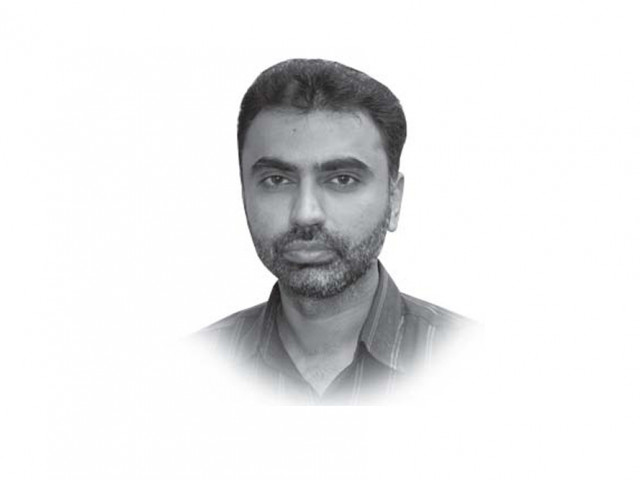
Many analysts are expecting the central bank to jack up the discount rate by another 50 basis points, the third increase in a row, after similar hikes in July and September aimed at arresting runaway inflation and restricting government borrowing from central bank. The discount rate currently stands at 13.5 per cent.
A debate has also erupted whether the rate hike will pay off since despite the previous two increases, inflation has once again reared its head and is feared to rise further.
Though the heavy printing of currency for government borrowing causes an increase in inflation due to pressure on the rupee, so far the successive rate hikes have failed to discourage the government from approaching the State Bank.
Besides, there is supply-side pressure due to shortage of commodities such as sugar and oil and that propels inflation.
According to a report, the government borrowed Rs186 billion from the State Bank in the first four months (July-October) of the current fiscal year. In October, inflation stood at 15.33 per cent compared with the target of 9.5 per cent set for the year.
Furthermore, an increase in power tariffs and prices of petroleum products has also made the cost of living and business dearer for citizens and business owners alike.
Borrowing cost
“Increase in the interest rate will not rein in the rising prices of oil and other commodities. Instead, borrowing at a high cost by the private sector will lead to an increase in inflation as businesses will pass the burden to end-consumers,” said Khurram Shehzad, head of research at InvestCap.
He said high interest rates would restrict investment in businesses which would result in less job opportunities and perhaps even unemployment. “Repayment of high-cost loans will be difficult and bad loans will increase.” In the July-September quarter, non-performing loans of banks increased the most in six quarters, rising by Rs32 billion to reach Rs494 billion, according to data released by SBP.
Shehzad, however, praised recent government initiatives to float Ijarah Sukuk (a type of Islamic bond) for raising Rs80 billion in the second quarter and the launch of new national savings schemes. “These alternatives are aimed at reducing government borrowing from the central bank which will eventually ease pressure on the rupee and stabilise the currency.”
Comparing the economies of neighbouring India and China with Pakistan, he said Delhi and Beijing have been pushing up interest rates in a bid to contain their over-heating economies which was causing inflation.
India and China are expected to notch up high growth rates of 8-10 per cent this year.
Cautious stance
“The central bank is expected to adopt a cautious stance and it may not increase the interest rate after hikes in the previous two monetary policies,” said Mustufa Bilwani, an analyst at JS Global Capital, quoting a research report.
He said inflation in October was lower than expected, adding that any further rate hike would hamper the already low flow of credit to the private sector. “Credit off-take will further go down and that will create over-pessimism among businesses.”
Bilwani said the impact of monetary tightening on inflation and government borrowing will not be significant as the country faces a shortage of commodities that need to be imported, while the government needs to borrow in order to meet its expenditures.
The writer is incharge Business desk for The Express Tribune.
Published in The Express Tribune, November 22nd, 2010.
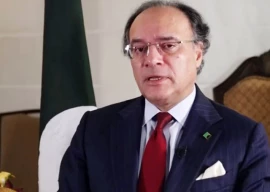

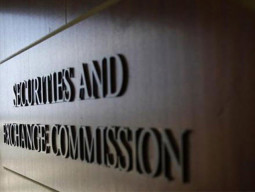
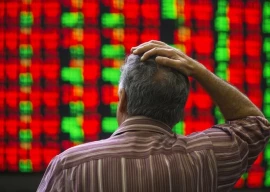
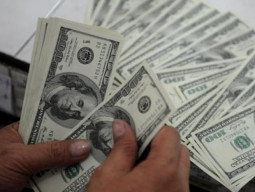

1726054615-0/OpenAI-(2)1726054615-0-270x192.webp)




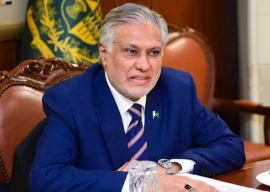






COMMENTS
Comments are moderated and generally will be posted if they are on-topic and not abusive.
For more information, please see our Comments FAQ